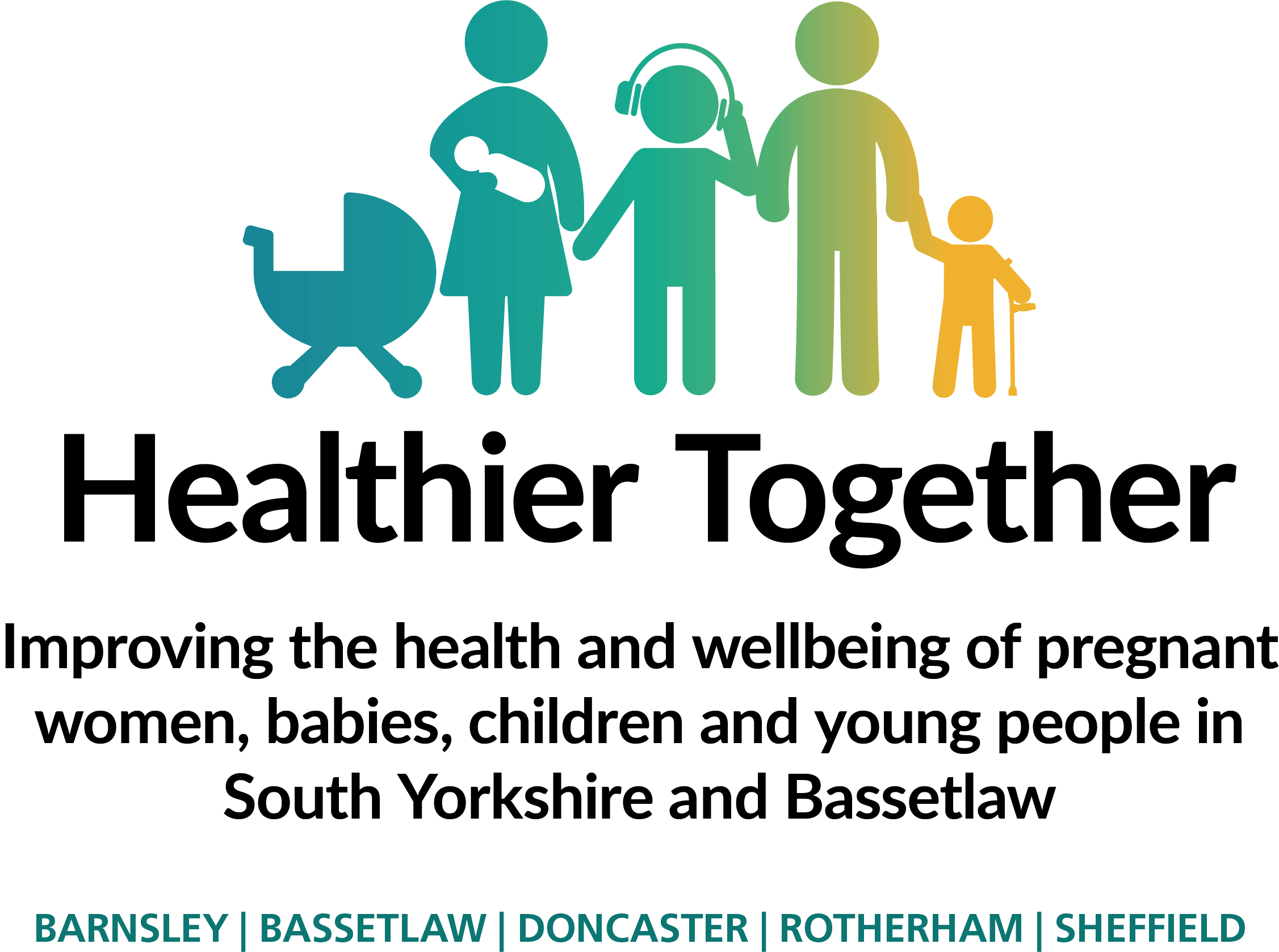Common Topics [HIDDEN]
An assessment of your child’s allergy, medical history and/or results indicate that it is time to see if they have outgrown their food allergy. This can be done by adding milk into the diet gradually at home.
Milk is introduced into the diet by following a ‘milk ladder’ where each food contains increasing levels of milk protein. It is important to start with well-cooked/processed milk first before progressing to ‘raw’ dairy products. This ‘milk ladder’ is based on scientific research. Some of the foods may seem unusual to include in an infant’s diet, but it is because the type and amount of protein is suitable for the reintroduction process.
Remember, these foods are part of a mixed diet and are not expected to be a significant part of the child’s diet. The Milk Ladder should only be used in children with mild to moderate delayed (Non-IgE) cow’s milk protein allergy under the supervision of a healthcare professional.
Why a milk and soya free diet?
Around 3% of children develop Cow's Milk Protein Allergy. Some children who are allergic to cow's milk protein are also allergic to soya protein so this may need to be excluded from the diet too. It can take longer for children to recover, but many 'grow out' of cow's milk and soya protein allergy. This information will help you avoid cow's milk and soya whilst making sure your baby gets all the nutrition they need to grow and develop well.
Around 3% of children develop Cow's Milk Protein Allergy. Some children who are allergic to cow's milk protein are also allergic to soya protein so this may need to be excluded from the diet too. It can take longer for children to recover, but many 'grow out' of cow's milk and soya protein allergy. This information will help you avoid cow's milk and soya whilst making sure your baby gets all the nutrition they need to grow and develop well.



